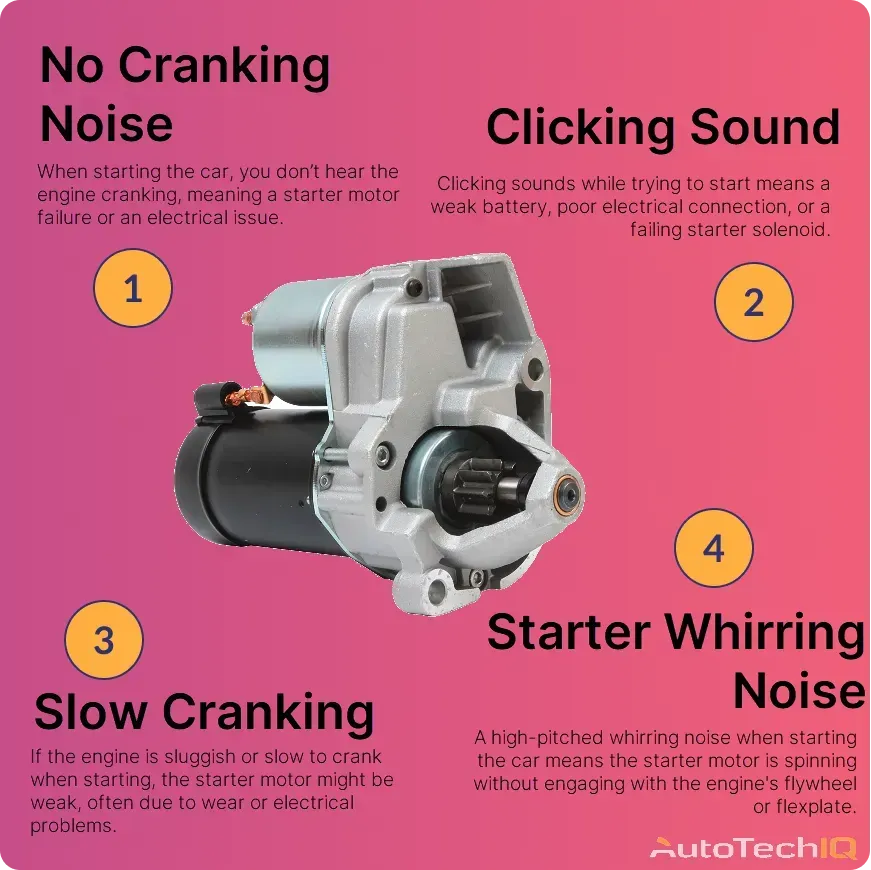
What is the starter motor?
The starter motor is an electric motor that initiates a process of sending signals and commands to related components. Every component the starter motor reaches takes part in the combustion process. The combustion process initiates, starting the engine. So, the starter motor basically uses electrical commands to initiate the engine.
The starter motor first engages with a small gear called a pinion and meshes it with the engine's flywheel or flexplate. This action initiates the engine's rotation, enabling the combustion process and starting the vehicle. Once the engine is running, the starter motor disengages.
The most common driver questions about the starter motor
Why won't my car start, but I have power?
If your car has electrical power, such as lights and accessories working, but it won't start, it's worth investigating. Common causes include a weak battery, corroded or badly connected battery terminals, a faulty starter motor, a malfunctioning ignition switch, or fuel system problems.
Commonly, starter motor problems can cause this issue since they block the starter's electrical signal from reaching the engine. Nonetheless, extra accessories like radio and cabin lights work as they don't depend on the starter motor.
Can you jump-start a car with a bad starter?
No. If the starter motor is completely faulty, jump-starting won't go past the issue, as the starter won't engage. However, if the problem isn't the starter but the battery, jump-starting may provide enough power to run the vehicle for a while.
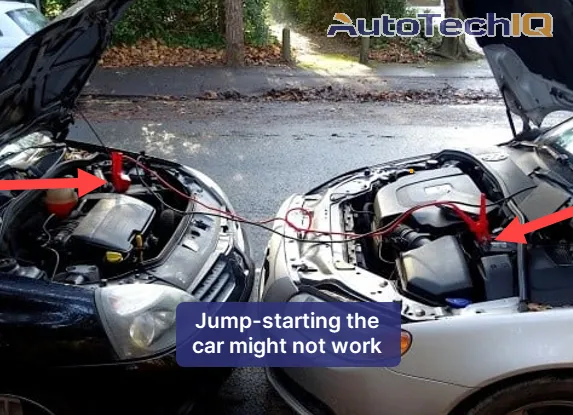
What causes a starter to go bad?
Wear and tear over time, ignition overheating, electrical problems, damaged or worn-out components like solenoids or brushes, and oil or coolant contamination. Additionally, poor maintenance and cranking the key for too long can contribute to starter failure.
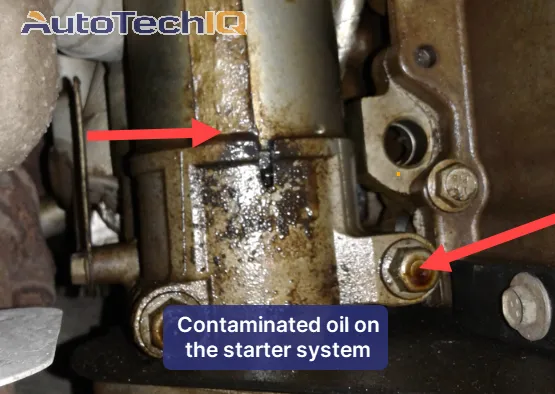
How long can you drive with a bad starter?
Not too long. The car may still run for a while, but attempting to drive with a bad starter damages the engine and can get you stranded randomly. If your starter is malfunctioning or failing, it's best to address the issue promptly. It's essential to have the starter repaired or replaced quickly.
Is it hard to replace a starter?
Replacing a starter depends on the vehicle's make and model. In some vehicles, the starter is easy to access and can be quickly replaced with basic car tools. However, in others, the starter may be in a difficult spot, requiring more expertise and effort. If you have mechanical skills and experience, replacing a starter can be a DIY project. Otherwise, it's best to seek professional assistance to ensure proper installation and safety.
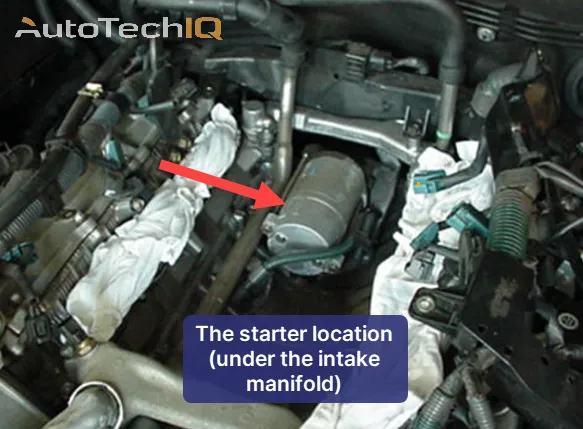
Will a bad starter drain your battery?
Yes, a bad starter can drain your battery. When a starter motor is faulty, it can overstress the battery. In this case, the starter requires more electrical power and draws a big sum from the battery. This continuous draw can lead to a drained battery, which can die, making the vehicle unable to start.
Common Symptoms Indicating Starter Service is Needed:
No Cranking Noise
When turning the key, you don't even hear a cranking noise. This symptom indicates a possible starter motor failure or an electrical issue.
Clicking Sound
Repeated clicking sounds while attempting to start may suggest a weak battery, poor electrical connection, or a failing starter solenoid.
Slow Cranking
A sluggish or slow start of the engine can be a sign of a weak starter motor, often due to wear or electrical problems.

Starter Whirring Noise
A high-pitched whirring noise when turning the key means the starter motor is spinning without engaging the engine's flywheel or flexplate. These components are part of the ignition and transmission systems.
Intermittent Starting
If the vehicle is odd to start, meaning it's taking too long, doing weird motions, or not always starting, the starter motor can be the culprit. The issue may be a worn solenoid or damaged starter motor.
These symptoms are the most common key indicators that the starter system requires attention. Still, these are not all the symptoms related to this type of issue. So, if you suspect your car's starting system is damaged, it is better to rely on a professional inspection.
How do shops identify and plan a starter motor service?
A starter issue can require different types of services, depending on its root cause. However, top-tier educational auto shops do standard and guided diagnostics to review a vehicle's condition.
To illustrate how customers get serviced in an exemplary auto shop, we'll describe, through fictional characters, a starter motor service.
In an auto repair shop, Jane, a seasoned technician, services Alex, a car owner facing starting problems. Jane's goal was to fix Alex's problem while helping him understand each process' meaning.
Inspect: Jane began by inspecting Alex's vehicle. Then, she did a full vehicle inspection with a focus on the battery, battery cables, and connections. Next, Jane checked all the wiring going to the starter for any loose or frayed connections. She also used an electronic starting and charging tester to measure power and flow to the starter. This inspection process is an overall assessment where Jane took pictures and notes concerning the vehicle; it's the first step before actual repair.
Test: Jane invited Alex into the shop's customer area. In this area, she showed the inspection images on a computer screen, explaining to Alex what each of her notes meant. Jane's explanations helped Alex understand that the starter was drawing too much electrical current and that it wasn't a battery-related issue. Jane explained that this problem can develop into starting problems.
Evaluate: To investigate further, Jane tested the starter multiple times. So, she found that the reason the starter drew too much current was because of internal issues, causing it to intermittently stop working. This type of internal issue commonly develops in old and worn starter motors. Jane explained that slow cranking is typical in such cases.
Diagnose: Jane diagnosed the problem as a deteriorating starter motor and recommended a replacement. In this case, she mentioned the replacement should be quick to avoid developing more issues.
Confirm Repair is Completed: With Alex's approval, Jane replaced the starter motor. After installation, the vehicle started smoothly. Alex drove away with new knowledge about the starter motor, how it works, and how to maintain it. Jane's thorough inspection, clear communication, and educational intent helped Alex to trust the service and plan ahead for his next inspection.
Top 5 Causes of Starter Symptoms and Issues
Weak Battery
A weak or discharged battery may result in slow or no cranking, mimicking starter issues. Then, it also overstresses starting components, resulting in actual starter issues over time.
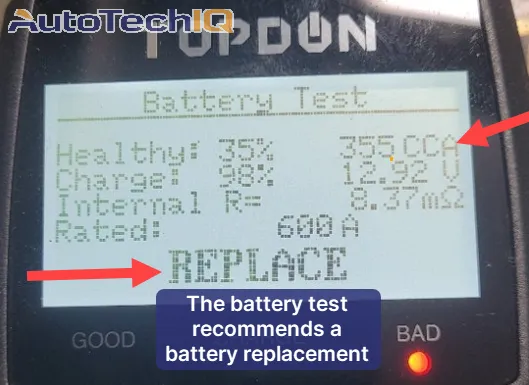
Bad Starter Motor
A failing starter motor can cause clicking, whirring, or no cranking when attempting to start the engine.
Faulty Starter Solenoid
A malfunctioning solenoid may lead to a clicking sound but no engagement of the starter motor with the engine.
Poor Electrical Connections
Corroded or loose electrical connections, including cables and terminals, can disrupt starter operation and lead to unreliable starting.
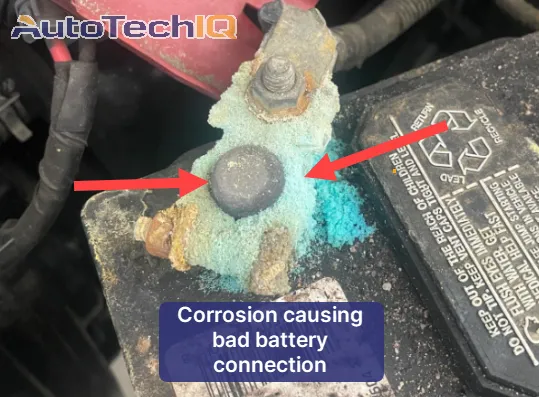
Ignition Switch Issues
Problems with the ignition switch can prevent the starter from receiving the necessary electrical signal, resulting in no cranking or intermittent starting.
Top 5 Common Starter Motor Fixes
Starter Motor Replacement
Remove the faulty starter motor and install a new one to restore reliable engine cranking and starting.
Battery Charging or Replacement
Charge or replace a weak or dead battery to ensure adequate electrical power for starter operation.
Starter Solenoid Replacement
Replace the faulty solenoid to eliminate clicking issues and ensure proper engagement of the starter motor.
Electrical Connection Inspection and Repair
Check and repair corroded or loose electrical connections, including cables and terminals, to restore reliable starter operation.
Ignition Switch Replacement
Replace a faulty ignition switch to ensure the starter receives the necessary electrical signal for consistent and reliable starting.
There's an auto shop near you delivering fair, transparent service like you've read here.
Feel free to visit our 'Shop Near You' page and search for our certified repair shops in your area. These businesses provide top-notch services while also offering expert inspections using advanced diagnostic tools. You'll witness the same level of care and attention to detail that we've highlighted in this article. These shops share our goal of ensuring that your vehicle receives the best possible maintenance. At this goal's core, your knowledge of what's happening to your car and how to maintain it is our #1 priority.
Summary
Starter problems can be frustrating, but understanding their causes and solutions is essential. Symptoms like slow cranking, clicking, or no response can result from weak batteries, bad starter motors, faulty solenoids, poor electrical connections, or ignition switch issues. In a reputable auto repair shop, technicians use visual aids to educate car owners about starter wear signs, conduct tests, diagnose problems, and recommend repairs or replacements. This knowledge empowers car owners to address starter issues promptly, ensuring reliable engine starting and smooth vehicle operation.






